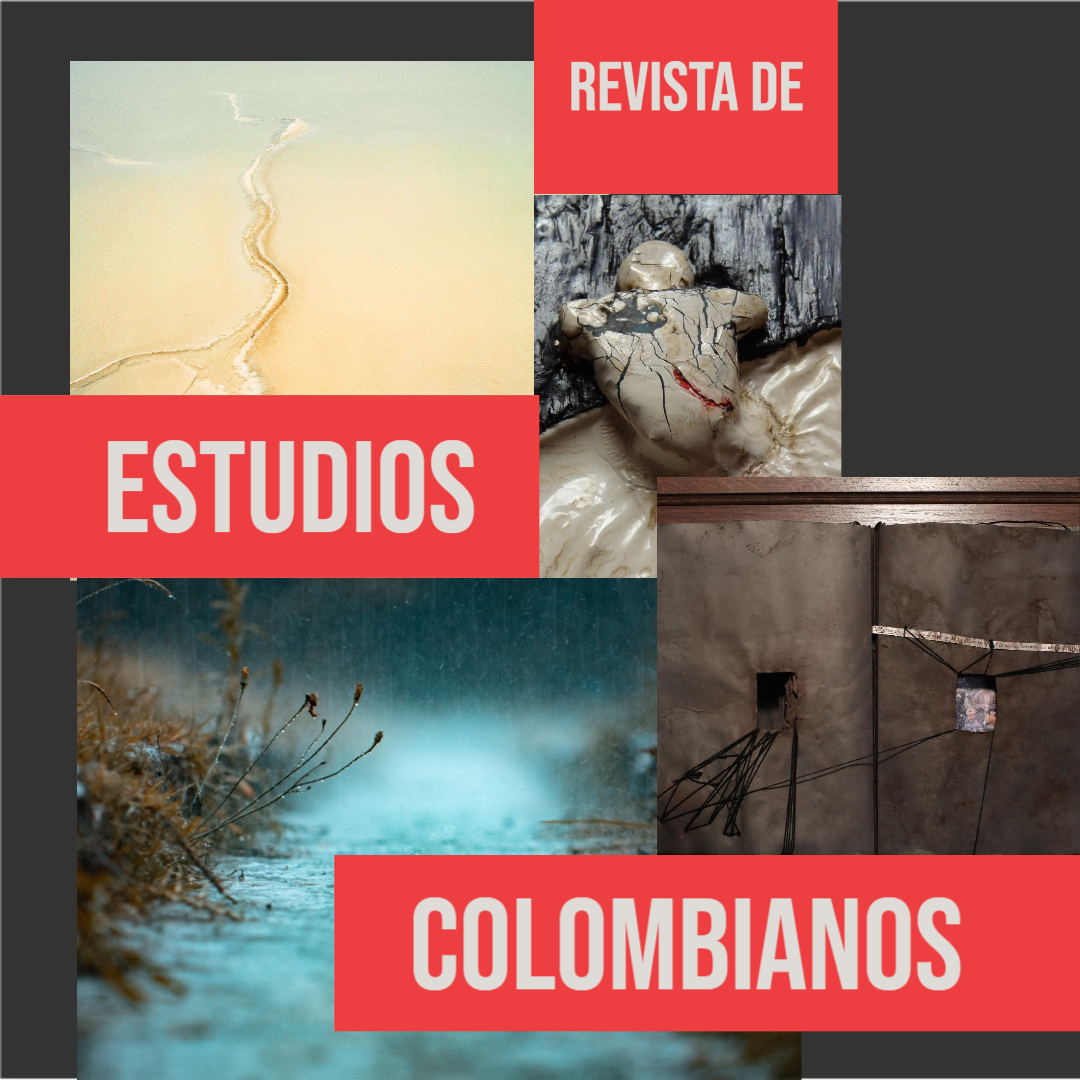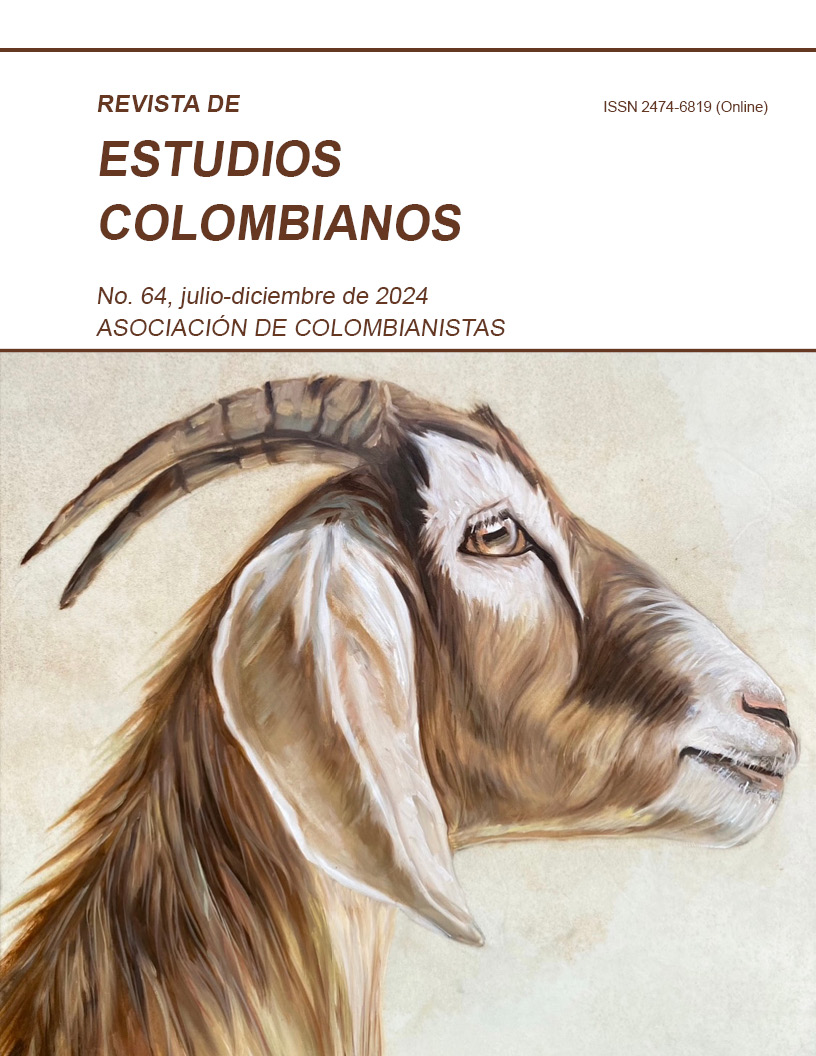
Revista de Estudios Colombianos (REC) is an indexed and peer-reviewed journal that has been published bi-annually since 1986. Its mission and research scope is to promote the study of Colombia in the humanities and in the social sciencies with a view to promoting academic and cultural exchanges amongst disciplines (e.g., art, literature, philosophy, cultural studies, history, sociology, political science, media studies, environmental studies). REC appears indexed in Scopus, Scimago, HAPI and MLA International Bibliography. For a wider distribution and visibiilty we use DOI and ORCID identifiers, and share the journal's content through CrossRef.
Published by the Asociación de Colombianistas (Colombian Studies Association), REC seeks to divulge original essays, interviews, notes, and reviews. Please check our editorial procedures and style requirements before sending your submission through the OJS (Open Journal System) platform.
In an effort to promote and advance interdisciplinary research, REC is an open-access journal that is readily available for the public at large. Please take a minute to register and become a member of our association to support research on Colombia. For questions about the registration process or the journal, you may contact us at the following email address: REC@colombianistas.org
Vol. 64 (2024)

The cover image, Goat ID (I), is by Carolina Gutiérrez. Carolina was born in 1974 in Bogotá, Colombia. She studied Fine Arts at Los Andes University and earned her degree in Architecture at the same university. Her work has featured in several collective exhibitions in Bogotá, Barcelona, Tokyo and New York. In 2014, she attended the workshop of the artist Alyssa Monks, Creating, Translating and Surpassing the Photo-Reference, at the New York Academy of Art, New York. She also attended the Casey Baugh’s oil workshop in Chicago, in August 2017. In 2021, her work Facemask was selected in Figurativas 21, a contest organized by the Museu Europeu d'Art Modern MEAM in Barcelona. Today, Facemask, is part of the MEAM permanent collection.
"Carolina's work has always been related to her own life. It tells stories that have not been fully told, capturing past experience and future longings (which are always implicit in the image) in the physicality, the carnality, of the present moment. Her painting stems from the intimate observation of human skin, that place where personal history is imprinted and narrated in every stain, in every crease, in every wrinkle. We are what is seen on our skin, she seems to say, and that makes us susceptible to be read; it makes us, therefore, vulnerable. Her painting wants to explore that vulnerability, that risk we run before the gaze of others: her materials, oil and animal skin, speak to us of the sensual character of her exploration of the world. When Carolina inserts words in Braille language on the skin of her oil paintings, she asks us to meditate on the trace that emotions leave on the skin, and at the same time on touch as a form of knowledge: to touch the other is to understand. When she paints hands that communicate with sign language –for instance, in the series Historias de piel–, she wants to go beyond conventional communication. She asks us to see and understand and to participate in the creation of meaning; she asks us to interpret, to get involved, to attend to the other. Yes, that’s it: she asks us to see more attentively, to attend more intensely to the world of others."
--Juan Gabriel Vásquez
https://doi.org/10.53556/kafp8c63
Published:
2025-01-16
View All Issues

